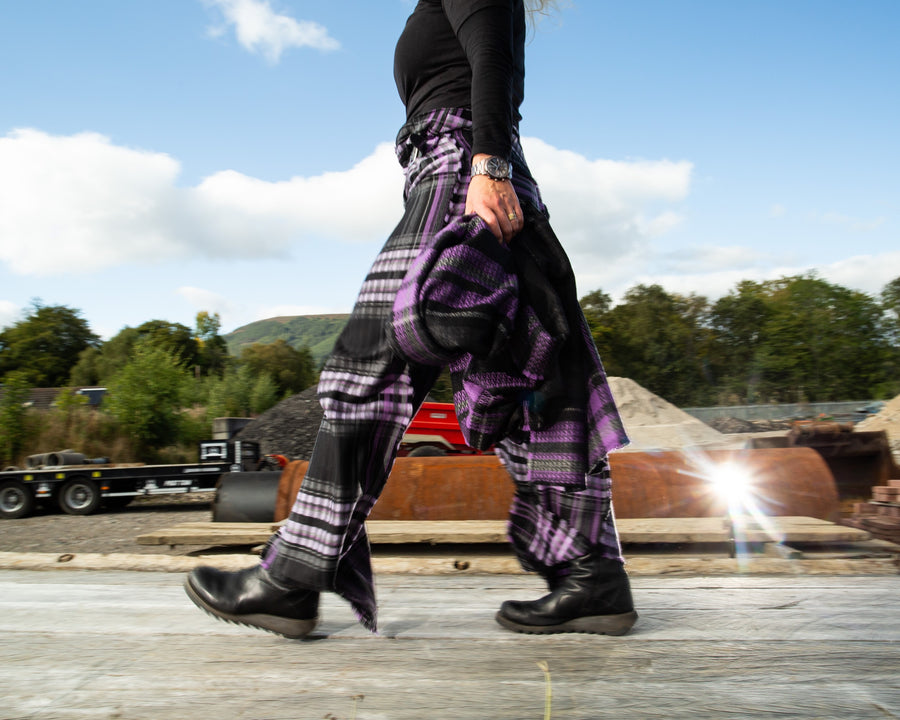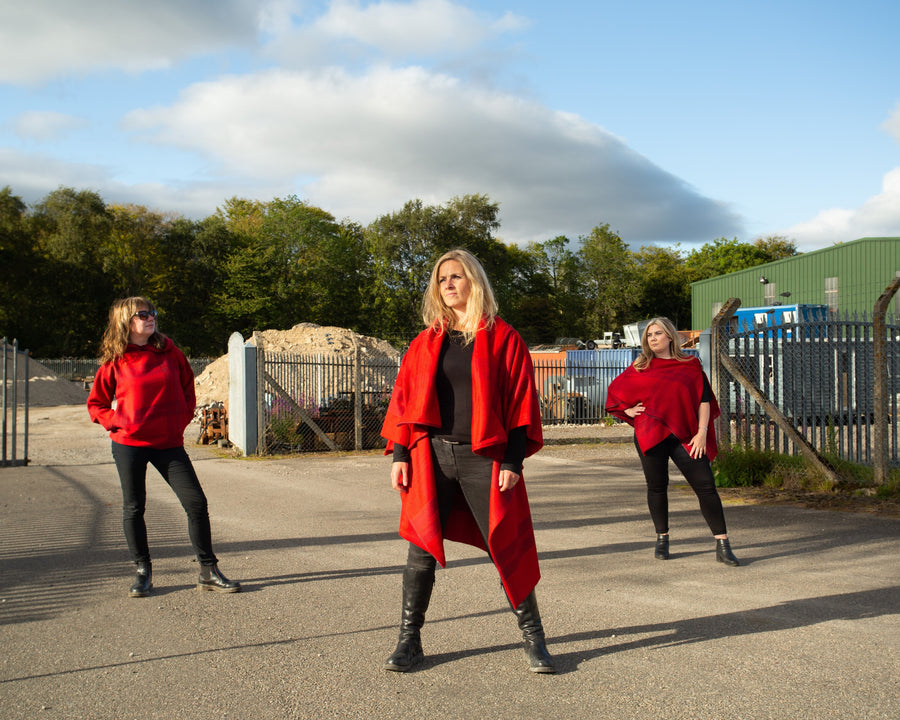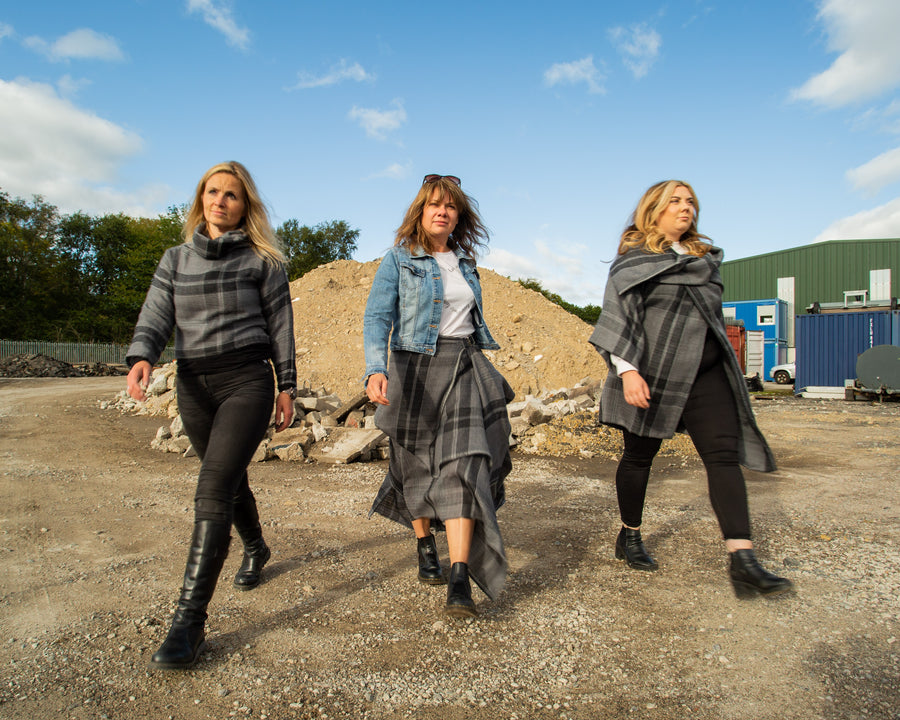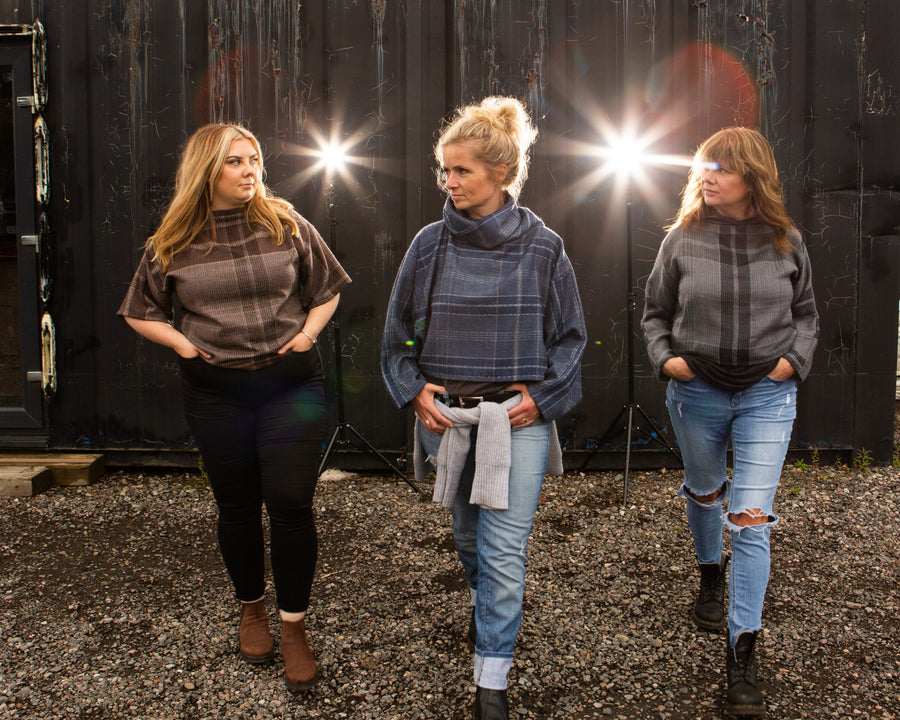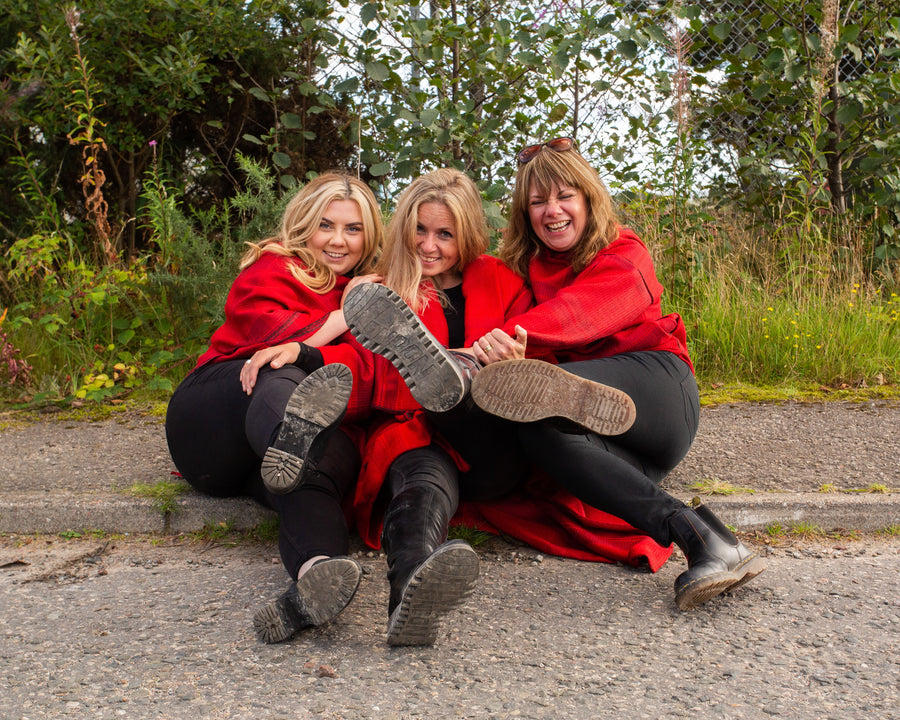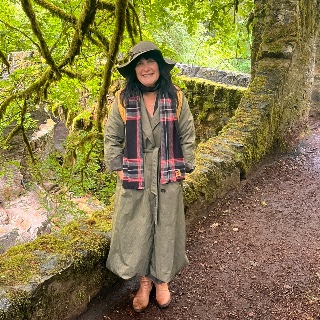Textiles & Ethics
-
Clare is really passionate about learning as much as possible about global textiles and the ethics that surround this indsutry. Here she share's all articles and social snippets about what is happening, the good, the bad and the ugly.... Let us know what you think and if you find anything that you wish to share with the community then please do!
Cx
-
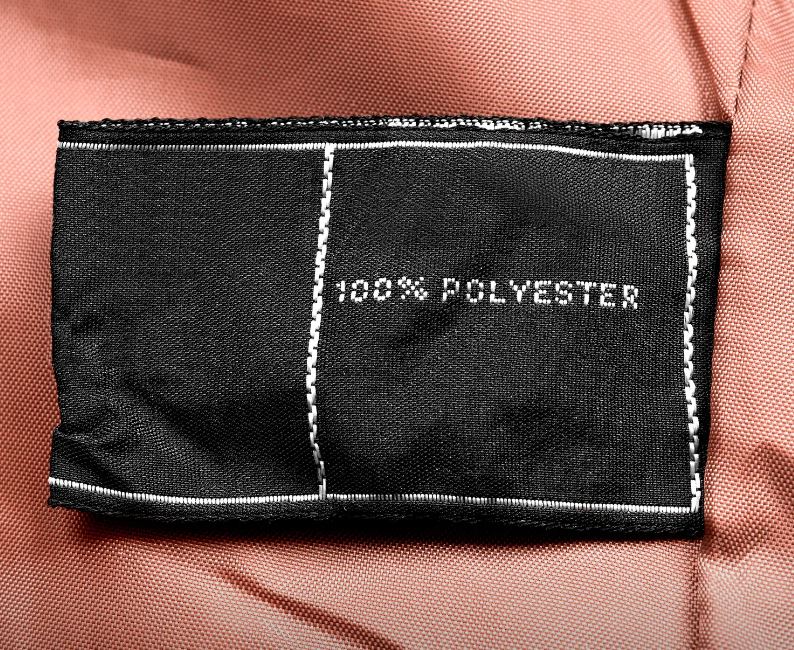
A really great article that talks about the truth about polyester recycling.....
If we stop making it then we dont need to recycle it 😔 is it not easies to just turn off the tap?
https://www.wired.com/story/polyester-recycling/
Let me know what you think about this article?
Cx
-

An interesting article from Greenpeace, are recycled plastics more toxic then non recycled?
The more I read the more I think, why is this still allowed? When I was a little girl we used get juices or milk in glass bottles and we gave them back everytime we got more. From memory I dont think their was outrage and demands for single use plastics even though plastic was around at the time. Or was it that producers of bottled liquid could perhaps make more profit by selling you more.... I wonder 🧐
Cx
-
@Clare Campbell I admire and am grateful for your work involving the re-imagining of culturally-significant Scotts wardobes through textile design and production innovation. I am a second generation American of Irish descent from the O'Callaghan clan on my maternal side of the family. I became familar with your textiles over a year ago and appreciate your craftswomxnship and your dedication to the use of natural fibers for healthier local to global urban-to-wild ecologies and circular economies. Besides being a noted scientist and technologist, I am also an active and respected bioconservationist and social advocate. Your work appeals to me on many levels. And, I support your "rebel" nature and approach to business and life. I would like to learn, if intellectual property rights allow, whether or not you and your team are exploring new (and old) natural fiber combinations and weaving structures to selectively enhance fabric qualities. I am not an expert in this area of materials sciences. But, I do have some familiarity with these topics through my professional activities involving the mentoring and advising start-up entreprenures here in the US. Thanks again for your efforts (and for recently connecting with me on LinkedIn). Best regards.
-
@Kevin Clark thank you for such a lovely message! and for 100% picking up on all the things we care about and fight for 🧐
By all means feel free to message me (Clare) on Linkedin anytime - we know alot needs to be done, but we are hear for the long haul.....
Have a lovely day,
Clare and the team x
-
@Clare Campbell Thanks for the reply. My APOLOGIES for "Scotts", instead of "Scots", in my previous message. I just now noticed the typographical error after reading your reply. You have a lovely day too.
-
 This is such a great article from ABC news, is really shows in a supersimple way all the things you did not know about a polyester shirt. I neverknew ANY of this before we started Prickly, but then when you know youknow.... We used to feel bad when we first realised all of this, look in ourwardrobes and go sh#t.... there has been no major exodus or clearances, wejust now realise if we are to buy anything new textiles based we will alwaysseek out the plant or animal fibre - and stay away from pastics....Lets us know if you see any article you love and we can share on here too,Love Clare and the team x
This is such a great article from ABC news, is really shows in a supersimple way all the things you did not know about a polyester shirt. I neverknew ANY of this before we started Prickly, but then when you know youknow.... We used to feel bad when we first realised all of this, look in ourwardrobes and go sh#t.... there has been no major exodus or clearances, wejust now realise if we are to buy anything new textiles based we will alwaysseek out the plant or animal fibre - and stay away from pastics....Lets us know if you see any article you love and we can share on here too,Love Clare and the team x
-
 We had the best time welcoming students from Germany at the weekend! More to come as we join them in Hanover in October…..Clare x
We had the best time welcoming students from Germany at the weekend! More to come as we join them in Hanover in October…..Clare x
-
@Clare Campbell I've always prefered 100% natural plant (cotton) and animal (wool, leather, silk) fibered fabrics and continue to buy apparel and assessories of that composition. However, with the introduction of modern treated fabrics, it is now more difficult to find natural textiles that maintain good biodegradability and healthy environment profiles. Other considerations, of course, also include changes in materials processing that might be more harmful to ecosystems. When I have time over the next few weeks, I plan to post some information about modern eco-friendly textiles that some place within the "natural" fiber or fabric rubric. These materials were developed for use in off-Earth scenariors with specific criteria in mind for improved human health and safety (e.g., increased thermal resistance and moisture wicking, etc.) in space and extraterrestrial environments. Among other things, I'm a NASA-affilaited scientist and I'd love your input. Several major interests of NASA, ESA, the UN, and other organizations are planetary protection and in situ resource utilization. A discussion involving development and use of natural fibers is significant to that mission and it might be an area of the evolving space-related global circular economy for which you might become a meaningful contributor. Scotland has a fast-growing space sector and you might think about engaging SpaceScotland and other entities. My best regards.
-
@Kevin Clark this all sounds incredible, thank you so much for sharing! By all means do feel free to email me on clare@pricklythistlescotland.com anytime!
-
 On Monday it was the 8th anniversary on the creation of the UN Sustainable Development Goals. We raised our flag that day and it will fly everyday to inspire us and all who visit our mill to be the change we want to see in the world 🌍To read more about the 17 goals click here https://sdgs.un.org/goalsCx
On Monday it was the 8th anniversary on the creation of the UN Sustainable Development Goals. We raised our flag that day and it will fly everyday to inspire us and all who visit our mill to be the change we want to see in the world 🌍To read more about the 17 goals click here https://sdgs.un.org/goalsCx
-
@Clare Campbell Thank you very much for the post announcing the 8th Anniversary of the creation of the UN Sustainable Development Goals! You and your team's dedication to champion and observe such an important mission is inspirational and instructional ... individuals and groups, including enterprise businesses, don't need to sacrifce humanitarian values, principles, and duties for a productive and meaningful existence. Indeed, by embracing such values and principles, we may enrich the very same existence. I'll be in touch by email sometime over the next few weeks to relay some information to you about space-related circular economy opportunities in textlies. Cheers.
-
@Clare Campbell and all, Here's a link to news about some work on smart materials being conducted by colleagues at MIT. The work with liquid cystals builds upon past research with natural metal actuating fibers. What ramifications are there for the ethical and responsible use of these smart fibers, fabrics, and garments? Besides compatibility with current textiles manufactuing methods, how might such smart materials meet higher performance standards while being incorporated into natural fibers and possible natural fiber composits with good lifespan and biodegradability profiles? Best.
-
@Kevin Clark a fascinating area for sure! It looks very similar to the manufacturing process of carbon fibre? I would love to know more about the chemicals used to make this, the impact on the human body, caring for the garment and any polymer shedding etc? I am still biased of course for 100% natural fibres from plant and animal - not sure if I would want my clothes to shrink when I am warm - you would really want them to get bigger to cool you down 🤣 cx
- 1 / 2
- 2
